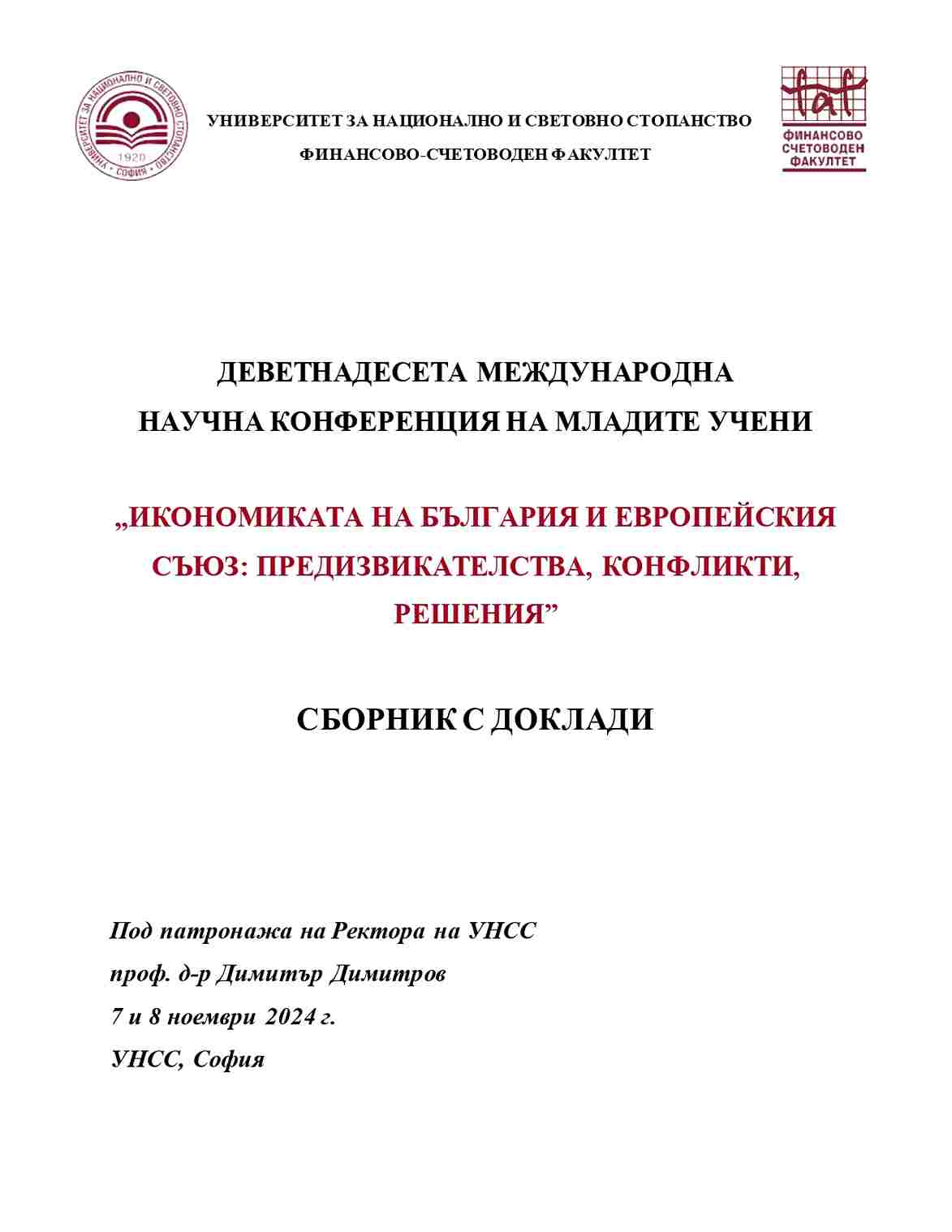Управление на ликвидността на Първа инвестиционна банка АД
Liquidity Management of First Investment Bank AD
Author(s): Dimitar Doynovski
Subject(s): Politics / Political Sciences, Politics, Economy, Business Economy / Management, Micro-Economics, Economic policy, Financial Markets
Published by: Университет за национално и световно стопанство (УНСС)
Keywords: liquidity; management; risk; banking regulation; financial stability
Summary/Abstract: Banks liquidity represents their ability to meet demandable obligations while maintaining a sustainable financial position. Liquidity management is a key aspect of banking, as the imbalance between the short-term nature of liabilities (deposits) and the long-term nature of assets (loans) requires strict planning. Basel III and European Union directives impose strict requirements such as the Liquidity Coverage Ratio (LCR), ensuring that banks maintain buffers of high-quality liquid assets to meet financial distress. Key components include daily monitoring of cash inflows and outflows, analysis of liquidity needs and management of liquidity buffers that balance profitability and risk. First Investment Bank (FIBANK AD) applies a modern framework for liquidity risk management, including cash flow monitoring and mandatory reserves. The bank maintains significant liquidity buffers, such that in 2023 the Liquidity Coverage Ratio (LCR) reached 298.13%, exceeding the minimum regulatory requirements. Preventive measures include the analysis of stress scenarios and the development of a Liquidity Crisis Action Plan. Liquidity management is an essential tool for bank stability. It balances the interests of shareholders who seek high returns and customers who expect security. The efficiency of this process is critical to ensuring adequate funding, minimizing risk and maintaining confidence in the banking system.
- Page Range: 1042-1050
- Page Count: 9
- Publication Year: 2025
- Language: Bulgarian
- Content File-PDF

